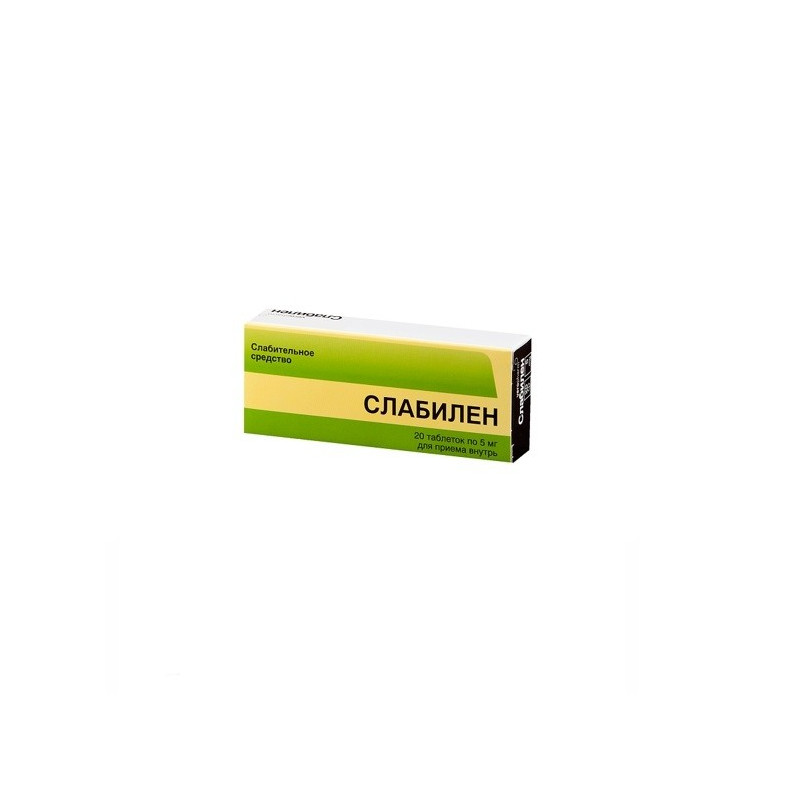



 All payments are encrypted via SSL
All payments are encrypted via SSL
 Full Refund if you haven't received your order
Full Refund if you haven't received your order
Constipation due to hypotension and sluggish peristalsis of the colon. Regulation of the chair with hemorrhoids, proctitis, anal fissures. Preparation for surgery, instrumental and radiological studies.
Individual, depending on the age and patient response to treatment. Take inside before bedtime.
Maybe: diarrhea, which can lead to excessive loss of fluid and electrolytes, the occurrence of weakness, seizures, hypotension, abdominal pain.
Intestinal obstruction, restrained hernia, acute inflammatory diseases of the abdominal organs, peritonitis, abdominal pain of unknown origin, Gastrointestinal bleeding, uterine bleeding, cystitis, spastic constipation, children under 4 years old, I trimester of pregnancy, severe dehydration, hypersensitivity to sodium picosulphate.
Use during pregnancy and lactation
Contraindicated in the first trimester of pregnancy. Apply in the II and III trimester of pregnancy should be only if the intended benefits to the mother outweigh the possible risk to the fetus. If necessary, use during lactation should stop breastfeeding.
Contraindicated in children under 4 years.
It has no taste, so children can be added to food. Do not use daily without medical supervision for more than 10 days.
With simultaneous use with broad-spectrum antibiotics, it is possible to reduce the laxative effect of sodium picosulfate.
With simultaneous use with diuretics, with GCS may increase the risk of electrolyte disorders.
An electrolyte imbalance that occurs while taking high doses of sodium picosulphate can lead to a deterioration in the tolerability of cardiac glycosides with their simultaneous use.
